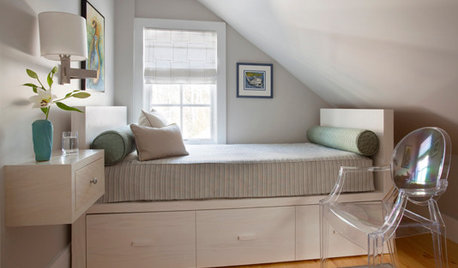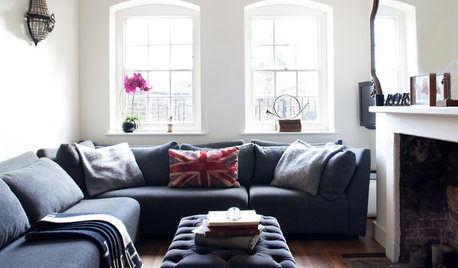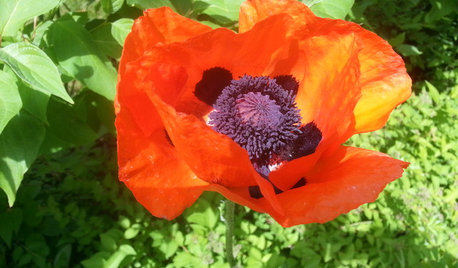Who's the bigger water hog - lawn or flower beds?
jardineratx
11 years ago
Related Stories

LANDSCAPE DESIGN15 Great Ideas for a Lawn-Free Yard
End the turf war for good with hardscaping, native grasses and ground covers that save water and are easier to maintain
Full Story
SAVING WATERHouzz Call: Are You Letting Go of Your Lawn?
Many facing a drought are swapping turf for less thirsty plantings. If you’re one of them, we’d like to hear about it
Full Story
MOST POPULARMeet a Lawn Alternative That Works Wonders
Carex can replace turfgrass in any spot, is low maintenance and adjusts easily. Add its good looks and you’ve got a ground cover winner
Full Story
LANDSCAPE DESIGNCalifornia Says Goodbye to the Sprawling Ornamental Lawn
New state rules will effectively limit turfgrass to 25 percent of the landscape in most new and renovated yards
Full Story
LANDSCAPE DESIGNGet Along With Less Lawn — Ideas to Save Water and Effort
Ditch the mower and lower your water bill while creating a feast for the eyes with diverse plantings and gathering places
Full Story
BEDROOMS7 Ways to Make a Small Bedroom Look Bigger and Work Better
Max out on comfort and function in a mini space with built-ins, wall mounts and decorating tricks that fool the eye
Full Story
GARDENING GUIDESLearn the Secret to Bigger and Better Roses
Grow beautiful roses using both ordinary and unusual soil amendments
Full Story
DECORATING GUIDESHow to Use Full-Scale Decor to Make a Small Space Feel Bigger
With a less-is-more approach, even oversize furnishings can help a compact area seem roomier
Full Story
SAVING WATERXeriscape Gardens: How to Get a Beautiful Landscape With Less Water
Conserve water and make gardening much easier with the xeriscape approach’s 7 principles
Full Story
GARDENING GUIDESBeautiful Flowers and Foliage From Dedicated Backyard Gardeners
From lawn daisies to topiaries, Houzz users share their backyard beauties
Full StoryMore Discussions






roselee z8b S.W. Texas
rock_oak_deer
Related Professionals
Londonderry Landscape Architects & Landscape Designers · Deer Park Landscape Architects & Landscape Designers · Grand Haven Landscape Architects & Landscape Designers · Wake Forest Landscape Contractors · Alamo Landscape Contractors · Bergenfield Landscape Contractors · Lake Zurich Landscape Contractors · Longview Landscape Contractors · Thonotosassa Landscape Contractors · Tigard Landscape Contractors · Shenandoah Landscape Contractors · Wichita Window Contractors · Miami Springs Window Contractors · Palm River-Clair Mel Window Contractors · Scotts Valley Window Contractorsroselee z8b S.W. Texas
wantonamara Z8 CenTex
jardineratxOriginal Author
ExoticRGVNativesTy
wantonamara Z8 CenTex
rock_oak_deer
bossjim1
plantmaven
jardineratxOriginal Author
plantmaven
Lynn Marie
linda_tx8
rock_oak_deer
jardineratxOriginal Author
lucas_tx_gw
rock_oak_deer
TxMarti
rock_oak_deer
TxMarti
rock_oak_deer
rock_oak_deer
TxMarti
rock_oak_deer
TxMarti
rock_oak_deer
TxMarti
TxMarti
merrybookwyrm
TxMarti
beachplant
jardineratxOriginal Author
roselee z8b S.W. Texas
beachplant